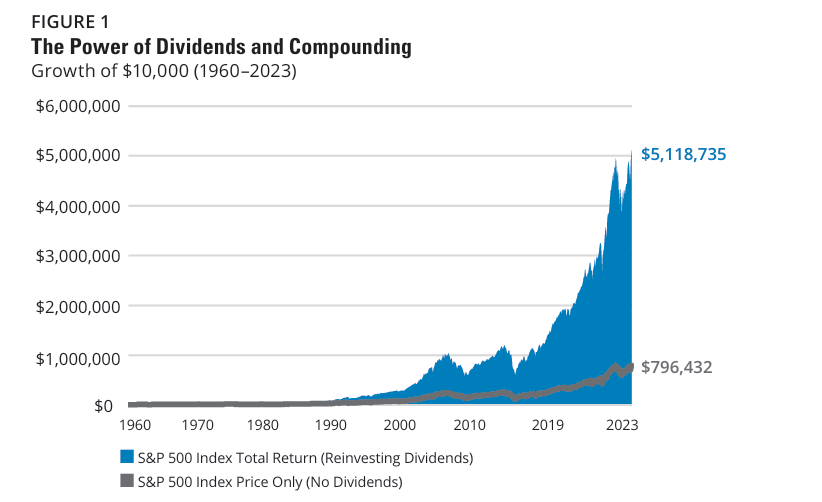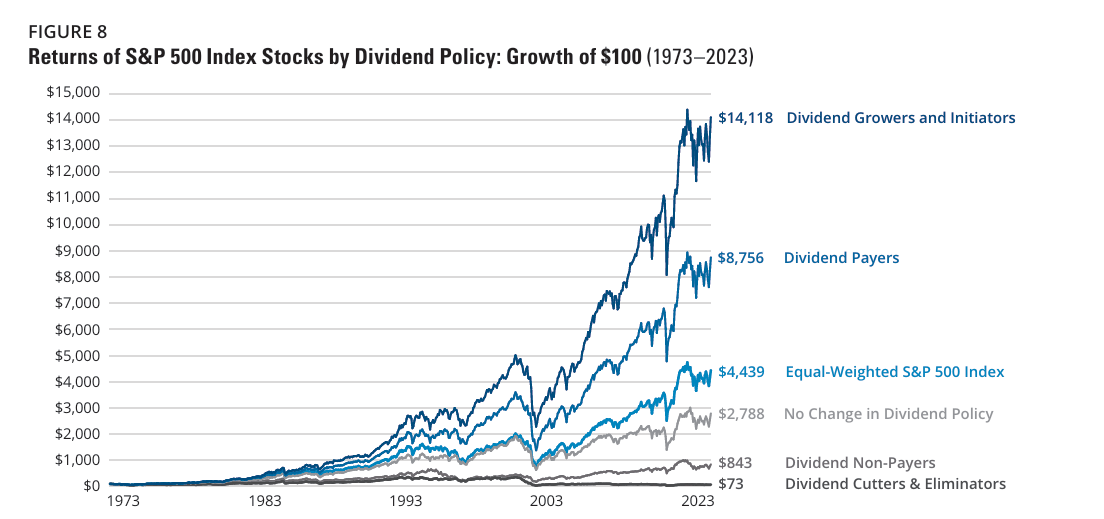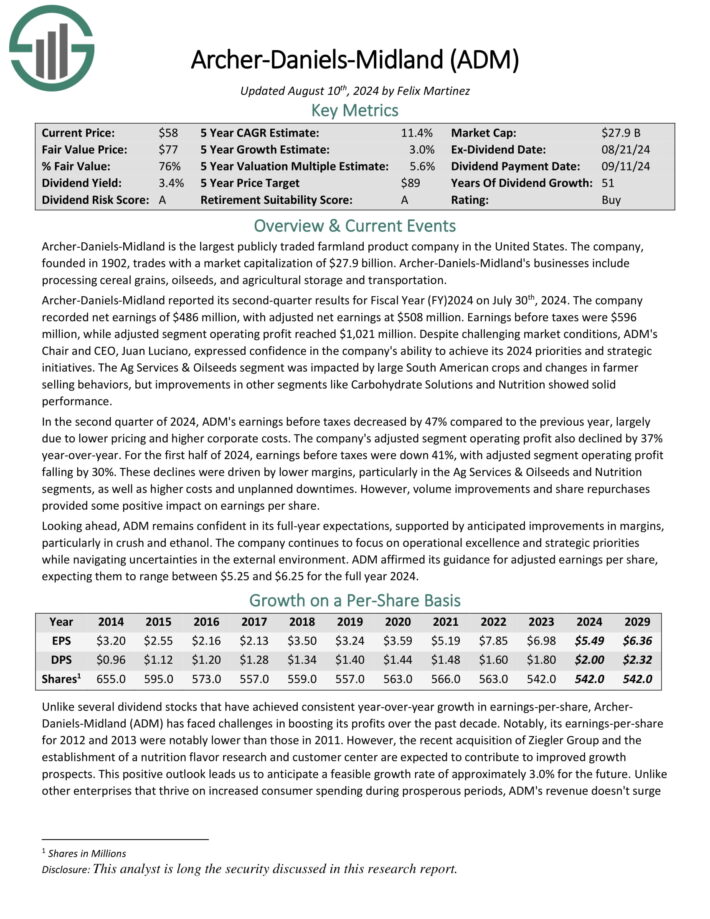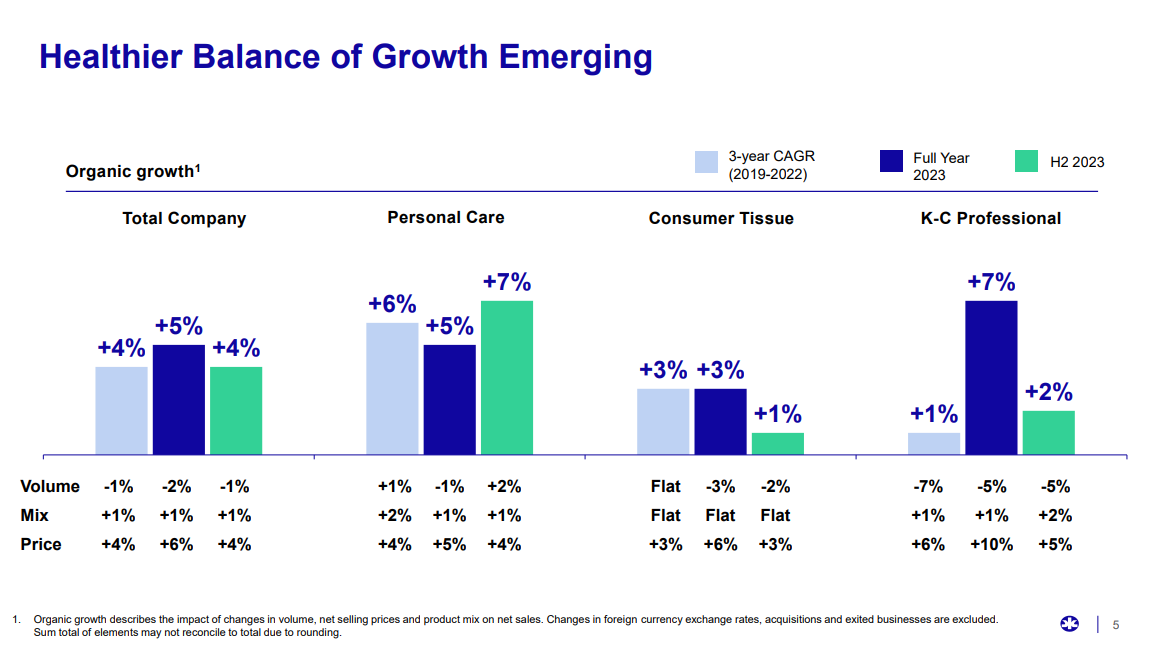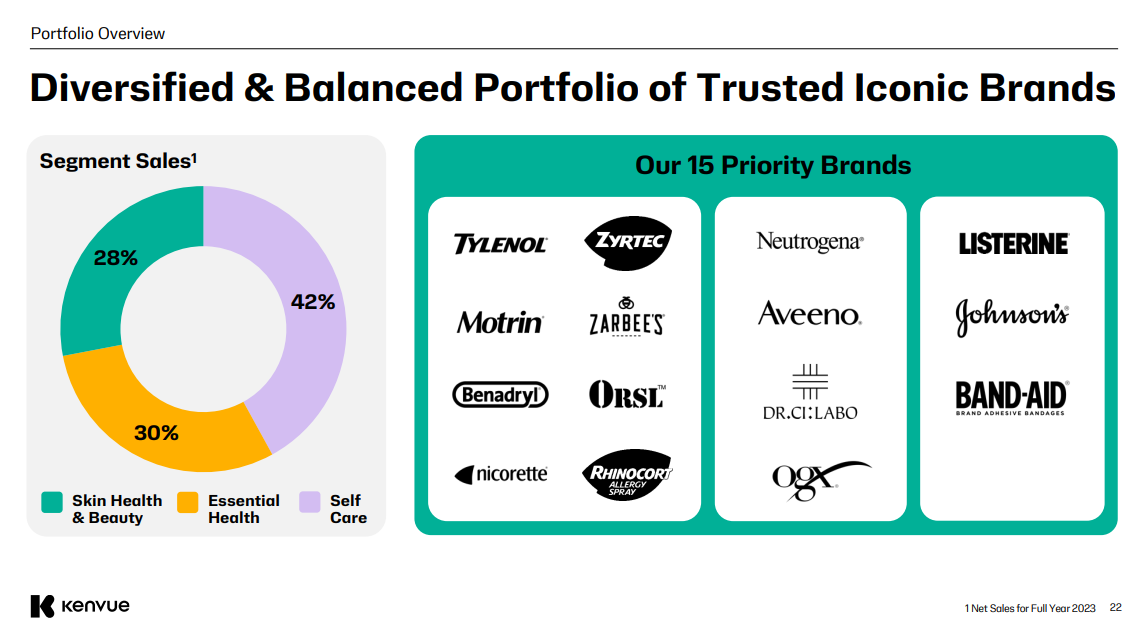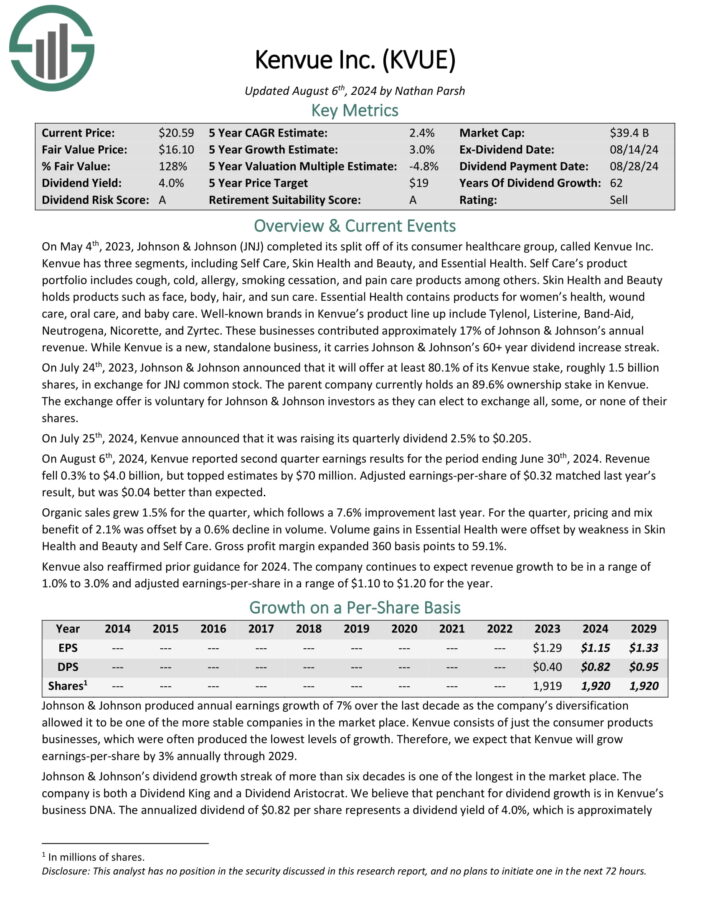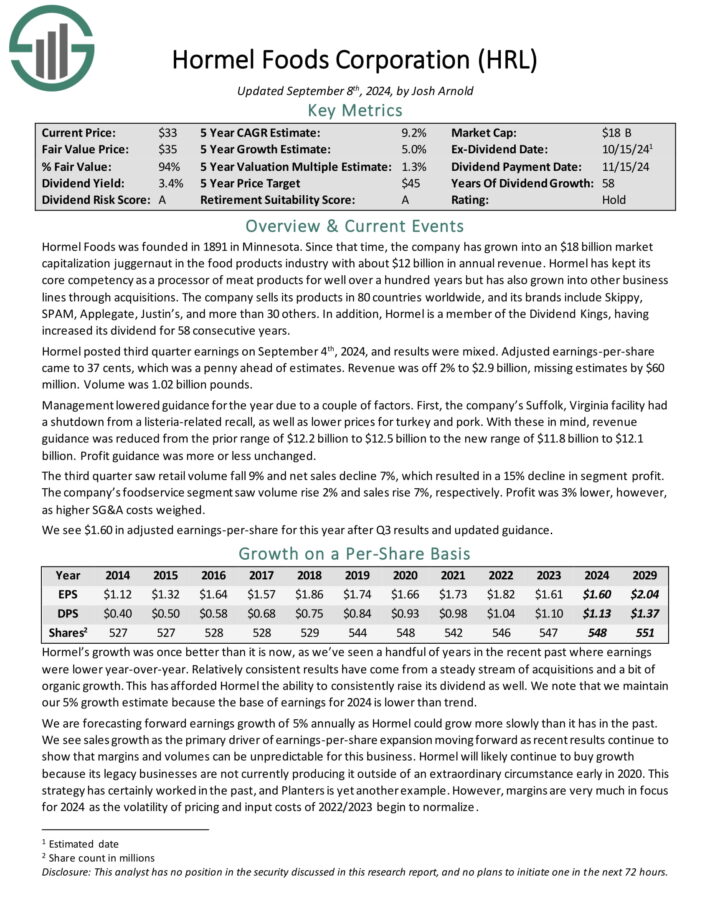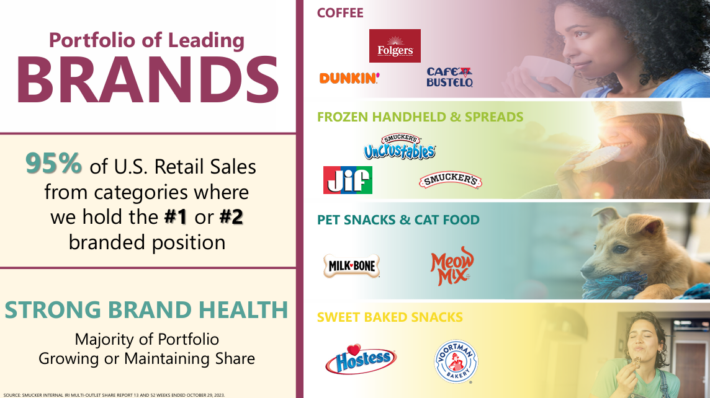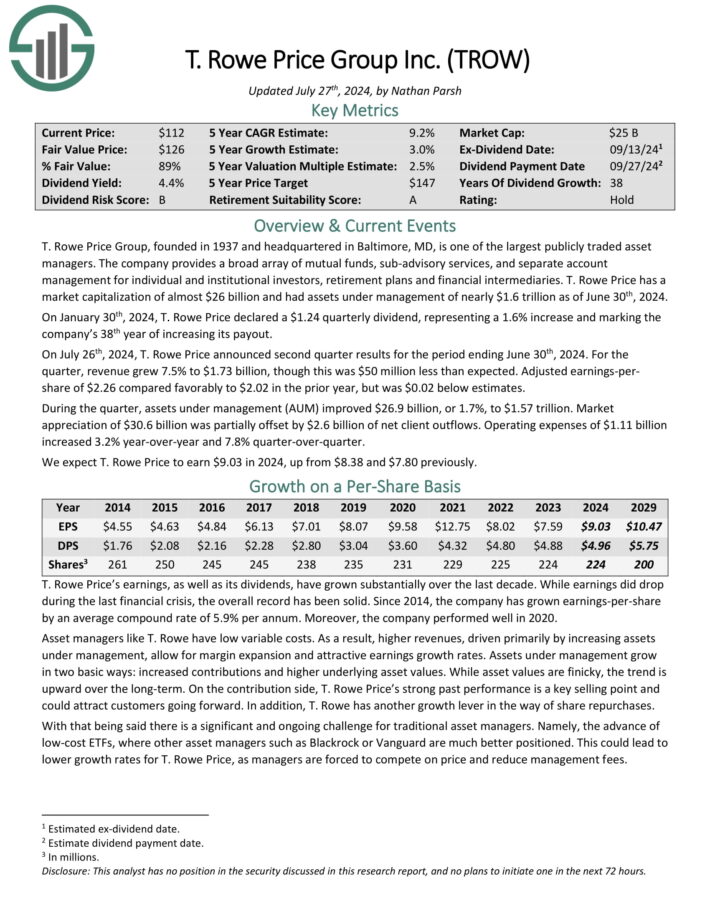Updated on September 30th, 2024 by Bob Ciura
Income investors have faced a significant challenge in recent years. Rising stock prices caused the average dividend yield of the S&P 500 Index to sink to multi-decade lows.
Interest rates are falling again, while the average dividend yield of the S&P 500 Index is just ~1.3% right now.
We recommend income investors focus on quality dividend stocks such as the Dividend Aristocrats, a group of 66 stocks in the S&P 500 Index which have raised their dividends for 25+ consecutive years.
There are currently 66 Dividend Aristocrats. You can download an Excel spreadsheet of all Dividend Aristocrats (with metrics that matter such as dividend yields and price-to-earnings ratios) by clicking the link below:
At the same time, investors looking for high yields may not find all the Dividend Aristocrats to be attractive, as many of them have low yields.
Therefore, the task for income investors hoping to live off their dividends in retirement, is to find stocks that have a combination of a high yield and a high level of dividend safety.
With the proper research, investors can construct a portfolio that allows income investors to live off their dividends in retirement.
Table Of Contents
You can instantly jump to a section of the article by clicking the links below:
- Why Invest In Dividend Stocks For Retirement?
- What Retirees Must Avoid
- 10 Dividend Aristocrats Yielding Over 3%
- Final Thoughts
Why Invest In Dividend Stocks For Retirement?
There are a number of different asset classes that investors can gain exposure to, in the search for higher income. One of the most popular asset classes for retirees is fixed income, otherwise known as bonds.
These are debt securities issued by corporations, governments and municipalities which pay investors periodic interest, as well as principal at maturity.
Bonds are certainly a worthwhile selection for income investors such as retirees, particularly for those with a higher level of risk aversion. Bonds generally carry a higher level of safety than stocks, as bondholders are paid before common stockholders.
At the same time, stocks have certain advantages of their own. For investors who are willing to accept a higher level of risk by investing in the stock market, the trade-off is that stocks could pay higher income over the long-run.
The reason is because many quality dividend stocks raise their dividend payouts on a regular basis. The Dividend Aristocrats have raised their dividends for at least 25 consecutive years, while the Dividend Kings have increased their payouts for over 50 years.
Contrast this with bonds, which will pay a fixed level of interest to bondholders (which is why bonds are called fixed income).
Consider a hypothetical comparison of an investor who allocates $10,000 into a fixed income security paying 3% a year for 30 years. In year 30, the investor will receive the same 3% payout (equal to $300) as in year 1.
Now consider the case of a quality dividend growth stock that pays a 3% annual dividend on the same $10,000 investment. In year 1, the investor will receive $300.
Now assume that the stock raises its dividend by 5% per year. In year 30, the stock would pay a dividend of nearly $1,300.
And, the investor would receive an even higher payout in year 30 by reinvesting dividends each year along the way.
This is the concept of yield on cost. Taking the $1,300 annualized dividend payments and dividing by the initial investment of $10,000, this scenario results in a yield on cost of 13%.
The power of dividends (and reinvesting dividends) is truly remarkable.
According to a report from Hartford Funds, since 1960 approximately 85% of the total return of the S&P 500 Index was due to reinvested dividends and compounding.
Source: Hartford Funds
To be sure, retirees do not have 30 years to grow their income. But even without the benefit of a long investing time horizon, retirees can structure a quality portfolio of dividend-paying stocks that allows them to live off their dividends now.
For example, assuming an investor has a retirement portfolio of $500,000, a collection of dividend stocks paying 3% per year would result in a year 1 income level of $15,000.
And using the same dividend growth rate of 5% per year, this portfolio would generate dividend income of $19,144 in year 5 (again, this would be even higher if dividends are reinvested).
This level of income would afford many retirees a better standard of living, especially when used in combination with Social Security benefits or other sources of income.
It is not difficult finding quality dividend stocks that combine a 3% starting yield with 5% annual dividend growth. At the same time, investors must take precaution to avoid risky stocks with extremely high dividends. Stocks with elevated dividend yields above 8% are instantly appealing for income investors, but retirees must be careful with extreme-high yielders.
Such companies are often in fundamental distress, with collapsing share prices that have elevated their dividend yields to unsustainable levels. This is particularly true when it comes to certain segments of the stock market such as Business Development Companies or mortgage REITs.
What Retirees Must Avoid
The most important thing for retirees investing in the stock market, is to avoid dividend cuts or eliminations. This happens when a company is no longer able to pay the dividend at the current rate, usually due to a drop in company revenue and earnings.
The following graphic shows the historical performance of stocks broken down into several groups, which are dividend growers and initiators; dividend payers; stocks with no change in their dividend policy; stocks that do not pay dividends; and stocks that either reduce or eliminate their dividends.
These groups are compared with the performance of the broader S&P 500 Index:
Clearly, the best-performing group was dividend growth stocks, whereas dividend cutters and eliminators actually lost money for their investors over the ~50 year time frame.
This shows the importance of investing in quality companies that can grow their dividends over long run, and at the same time avoiding companies that cut or eliminate their dividends.
There are a number of different asset classes that investors can gain exposure to, in the search for higher income and sustainable dividends.
The following 10 Dividend Aristocrats have current yields of at least 3%, and can reasonably be expected to grow their dividends each year.
10 Dividend Aristocrats Yielding Over 3%
With all this in mind, the following 10 dividend stocks represent quality businesses with durable competitive advantages. These companies have proved the ability to grow their dividends each year, regardless of the overall economic climate.
They all have dividend yields above 3%, are members of the Dividend Aristocrats, and could be expected to raise their dividends for many years.
Archer Daniels Midland (ADM)
- Dividend Yield: 3.3%
Archer-Daniels-Midland is the largest publicly traded farmland product company in the United States. Archer-Daniels-Midland’s businesses include processing cereal grains, oilseeds, and agricultural storage and transportation.
Archer-Daniels-Midland reported its second-quarter results for Fiscal Year (FY) 2024 on July 30th, 2024. The company recorded net earnings of $486 million, with adjusted net earnings at $508 million. Earnings before taxes were $596 million, while adjusted segment operating profit reached $1,021 million.
The Ag Services & Oilseeds segment was impacted by large South American crops and changes in farmer selling behaviors, but improvements in other segments like Carbohydrate Solutions and Nutrition showed solid performance.
In the second quarter of 2024, ADM’s earnings before taxes decreased by 47% compared to the previous year, largely due to lower pricing and higher corporate costs.
Click here to download our most recent Sure Analysis report on ADM (preview of page 1 of 3 shown below):
Kimberly-Clark Corp. (KMB)
- Dividend Yield: 3.4%
Kimberly-Clark is a global consumer products company that operates in 175 countries and sells disposable consumer goods, including paper towels, diapers, and tissues.
It operates through two segments that each house many popular brands: Personal Care Segment (Huggies, Pull-Ups, Kotex, Depend, Poise) and the Consumer Tissue segment (Kleenex, Scott, Cottonelle, and Viva), generating over $20 billion in annual revenue.
Source: Investor Presentation
Kimberly-Clark posted second quarter earnings on July 23rd, 2024, and results were somewhat mixed. Adjusted earnings per-share came to $1.96, which was 25 cents ahead of expectations. Revenue was off 2% year-over-year to $5 billion, and missed estimates by $100 million.
Adjusted gross margin was 36.9% of revenue, which was driven by organic net sales growth, as well as gross productivity gains through the company’s cost saving efforts. The company saw a 2% increase in price, and a 2% increase in volume and mix during the quarter, both of which helped the top and bottom lines.
Click here to download our most recent Sure Analysis report on Kimberly-Clark (preview of page 1 of 3 shown below):
Kenvue Inc. (KVUE)
- Dividend Yield: 3.5%
Kenvue (KVUE) is a consumer healthcare company that was spun off from Johnson & Johnson in 2023. It has three segments, including Self Care, Skin Health and Beauty, and Essential Health.
Well-known brands in Kenvue’s product line up include Tylenol, Listerine, Band-Aid, Neutrogena, Nicorette, and Zyrtec.
Source: Investor Presentation
On August 6th, 2024, Kenvue reported second quarter earnings results for the period ending June 30th, 2024. Revenue fell 0.3% to $4.0 billion, but topped estimates by $70 million. Adjusted earnings-per-share of $0.32 matched last year’s result, but was $0.04 better than expected.
Organic sales grew 1.5% for the quarter, which follows a 7.6% improvement last year. For the quarter, pricing and mix benefit of 2.1% was offset by a 0.6% decline in volume. Volume gains in Essential Health were offset by weakness in Skin Health and Beauty and Self Care. Gross profit margin expanded 360 basis points to 59.1%.
Click here to download our most recent Sure Analysis report on KVUE (preview of page 1 of 3 shown below):
Hormel Foods (HRL)
- Dividend Yield: 3.6%
Hormel Foods was founded in 1891 in Minnesota. Since that time, the company has grown into a juggernaut in the food products industry with over $12 billion in annual revenue.
Hormel has kept its core competency as a processor of meat products for well over a hundred years but has also grown into other business lines through acquisitions.
The company sells its products in 80 countries worldwide, and its brands include Skippy, SPAM, Applegate, Justin’s, and more than 30 others.
In addition, Hormel is a member of the Dividend Kings, having increased its dividend for 58 consecutive years.
Hormel posted third quarter earnings on September 4th, 2024, and results were mixed. Adjusted earnings-per-share came to 37 cents, which was a penny ahead of estimates. Revenue was off 2% to $2.9 billion, missing estimates by $60 million. Volume was 1.02 billion pounds.
Management lowered guidance for the year due to a couple of factors. First, the company’s Suffolk, Virginia facility had a shutdown from a listeria-related recall, as well as lower prices for turkey and pork.
With these in mind, revenue guidance was reduced from the prior range of $12.2 billion to $12.5 billion to the new range of $11.8 billion to $12.1 billion. Profit guidance was more or less unchanged.
Click here to download our most recent Sure Analysis report on HRL (preview of page 1 of 3 shown below):
J.M. Smucker (SJM)
- Dividend Yield: 3.6%
The J.M. Smucker company has grown into an international powerhouse of packaged food and beverage products including iconic names like Smucker’s, Jif and Folgers, along with various pet food brands.
Source: Investor Presentation
In late August, Smucker’s reported (8/28/24) results for the first quarter of fiscal 2025, which ends on April 30th, 2025. Currency-neutral, organic sales grew 1% over the prior year’s quarter, mostly thanks to material price hikes. The strong volumes amid price hikes are testaments to the strength of the brands of the company.
Adjusted earnings-per-share grew 10%, from $2.21 to $2.44, and exceeded the analysts’ estimates by $0.27. Smucker’s slightly lowered its guidance for fiscal 2025. It lowered its guidance for growth of comparable sales from 9.5%-10.5%.
Click here to download our most recent Sure Analysis report on SJM (preview of page 1 of 3 shown below):
Federal Realty Investment Trust (FRT)
- Dividend Yield: 3.9%
Federal Realty was founded in 1962. As a Real Estate Investment Trust, Federal Realty’s business model is to own and rent out real estate properties. It uses a significant portion of its rental income, as well as external financing, to acquire new properties.
Federal Realty Investment Trust announced its financial results for the second quarter ended June 30, 2024, showcasing strong performance across various metrics. The company reported a net income available for common shareholders of $1.32 per diluted share, a significant increase from $0.72 per diluted share in the same period of 2023.
Operating income for the quarter also rose to $157.0 million, up from $101.8 million in the prior year quarter. Key highlights for the second quarter included a 5.1% increase in funds from operations (FFO) per diluted share to $1.69, compared to $1.67 in the second quarter of 2023.
The company achieved record leasing activity, signing 122 leases for 594,361 square feet of comparable retail space, with a cash basis rollover growth of 10% and 23% on a straight-line basis.
Click here to download our most recent Sure Analysis report on Federal Realty (preview of page 1 of 3 shown below):
Chevron Corp. (CVX)
- Dividend Yield: 4.5%
Chevron is the fourth-largest oil major in the world based on market cap. Chevron prices some natural gas volumes based on the oil price, meaning nearly 75% of its output is priced based on the oil price. As a result, Chevron is more leveraged to the oil price than the other oil majors.
In early August, Chevron reported (8/2/24) results for the second quarter of fiscal 2024. The price of oil slightly improved while Chevron grew its production 11% thanks to its acquisition of PDC Energy.
However, refining margins narrowed off blowout levels and gas prices decreased due to warm winter weather. As a result, earnings-per-share dipped -17% over the prior year’s quarter, from $3.08 to $2.55, missing the analysts’ consensus by $0.45.
Click here to download our most recent Sure Analysis report on CVX (preview of page 1 of 3 shown below):
T. Rowe Price Group (TROW)
- Dividend Yield: 4.5%
T. Rowe Price Group is one of the largest publicly traded asset managers. The company provides a broad array of mutual funds, subadvisory services, and separate account management for individual and institutional investors, retirement plans and financial intermediaries.
On July 26th, 2024, T. Rowe Price announced second quarter results for the period ending June 30th, 2024. For the quarter, revenue grew 7.5% to $1.73 billion, though this was $50 million less than expected. Adjusted earnings-per share of $2.26 compared favorably to $2.02 in the prior year, but was $0.02 below estimates.
During the quarter, assets under management (AUM) improved $26.9 billion, or 1.7%, to $1.57 trillion. Market appreciation of $30.6 billion was partially offset by $2.6 billion of net client outflows. Operating expenses of $1.11 billion increased 3.2% year-over-year and 7.8% quarter-over-quarter.
Click here to download our most recent Sure Analysis report on TROW (preview of page 1 of 3 shown below):
Realty Income (O)
- Dividend Yield: 5.0%
Realty Income is a real estate investment trust, or REIT, that operates more than 11,100 properties. The trust’s properties are standalone, which makes Realty Income’s locations appealing to a wide variety of tenants, including government services, healthcare services, and entertainment.
Realty Income had long been focused primarily on the U.S., but the trust has recently expanded its operations internationally, with a presence now in both the U.K. and Spain. The trust’s tenants are spread out over more than 70 different industries.
Source: Investor Presentation
On August 5, 2024, Realty Income Corporation (O), known as The Monthly Dividend Company, announced its operating results for the three and six months ended June 30, 2024. For the second quarter, Realty Income reported net income available to common stockholders of $256.8 million, or $0.29 per share.
Adjusted Funds from Operations (AFFO) per share increased by 6.0% to $1.06 compared to the same quarter in 2023.
Realty Income has increased its dividend for 27 years.
Click here to download our most recent Sure Analysis report on Realty Income (O) (preview of page 1 of 3 shown below):
Franklin Resources (BEN)
- Dividend Yield: 6.0%
Franklin Resources is a global asset manager with a long and successful history. The company offers investment management (which makes up the bulk of fees the company collects) and related services to its customers, including sales, distribution, and shareholder servicing.
Source: Investor Relations
On July 26th, 2024, Franklin Resources reported third quarter 2024 results for the period ending June 30th, 2024 (Franklin Resources’ fiscal year ends September 30th.)
Total assets under management equaled $1.647 trillion, up $1.9 billion sequentially, as a result of $3.0 billion of cash management net inflows, and a $2.1 billion of net market change, distributions, and other, partly offset by $3.2 billion of long-term net outflows.
For the quarter, operating revenue totaled $2.123 billion, up 8% year-over-year. On an adjusted basis, net income equaled $326 million or $0.60 per share, flat compared to Q3 2023.
Click here to download our most recent Sure Analysis report on Franklin Resources (preview of page 1 of 3 shown below):
Final Thoughts
Retirees have had a challenge producing satisfactory income over the past decade, due to historically low interest rates which have brought down yields across fixed income and the stock market.
But investors can still generate investment income by buying shares of quality dividend-paying stocks with yields above 4%. And, the best dividend stocks such as the Dividend Aristocrats, can grow their dividends each year.
Importantly, dividend growth helps protect investors’ purchasing power against inflation, whereas most bonds do not offer inflation protection.
The 10 dividend stocks on this list can be the foundation of a quality income-producing portfolio, allowing retirees to live on their dividends.
Other Dividend Lists
The Dividend Aristocrats list is not the only way to quickly screen for stocks that regularly pay rising dividends:
- The High Yield Dividend Aristocrats List is comprised of the 20 Dividend Aristocrats with the highest current yields.
- The Dividend Achievers List is comprised of ~400 NASDAQ stocks with 10+ years of consecutive dividend increases.
- The Dividend Kings List is even more exclusive than the Dividend Aristocrats. It is comprised of 53 stocks with 50+ years of consecutive dividend increases.
- The High Yield Dividend Kings List is comprised of the 20 Dividend Kings with the highest current yields.
- The Blue Chip Stocks List: stocks that qualify as Dividend Achievers, Dividend Aristocrats, and/or Dividend Kings
- The High Dividend Stocks List: stocks that appeal to investors interested in the highest yields of 5% or more.
- The Monthly Dividend Stocks List: stocks that pay dividends every month, for 12 dividend payments per year.
- The Dividend Champions List: stocks that have increased their dividends for 25+ consecutive years.
Note: Not all Dividend Champions are Dividend Aristocrats because Dividend Aristocrats have additional requirements like being in The S&P 500. - The Dividend Contenders List: 10-24 consecutive years of dividend increases.
- The Dividend Challengers List: 5-9 consecutive years of dividend increases.

